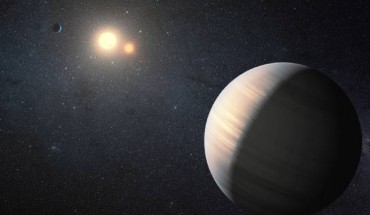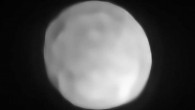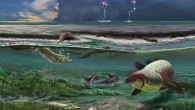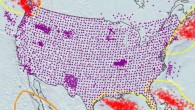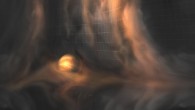Astronomers have discovered a super-Neptune exoplanet orbiting a star in the binary system Gliese 15. An artist’s impression of two exoplanets orbiting a pair of red dwarfs. Image credit: NASA / JPL-Caltech / T. Pyle / Sci-News.com. Gliese 15 is a system composed of two red dwarf (of M1- and M-3.5 type) stars. Also known as GJ 15, HD 1326 and Groombridge 34, it resides 11.6 light-years from Earth and is approximately 3 billion years old. In 2014,...

